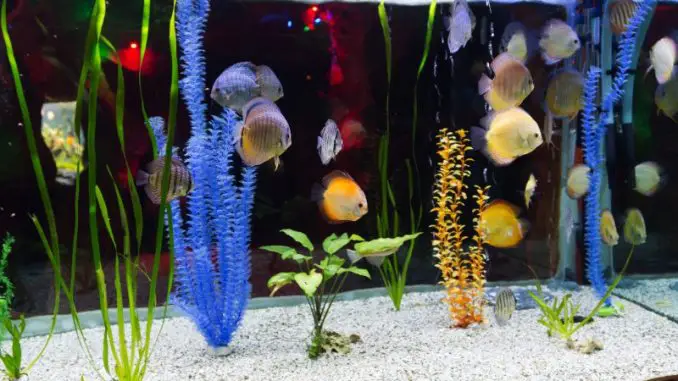
The red terror cichlid is a common freshwater fish of the cichlid family found in Ecuador and Northern Peru. Red terror cichlids are popular among aquarists due to their vibrant coloring.
The red terror cichlid female is bright red and orange with dark vertical stripes. Male red terror cichlids are iridescent green with patches of red and orange and dark stripes.
Although the red terror cichlid is aggressive and boisterous, this fish is a good addition to a tank due to its lively behavior.
TABLE OF CONTENTS
Red Terror Cichlid Facts & Overview
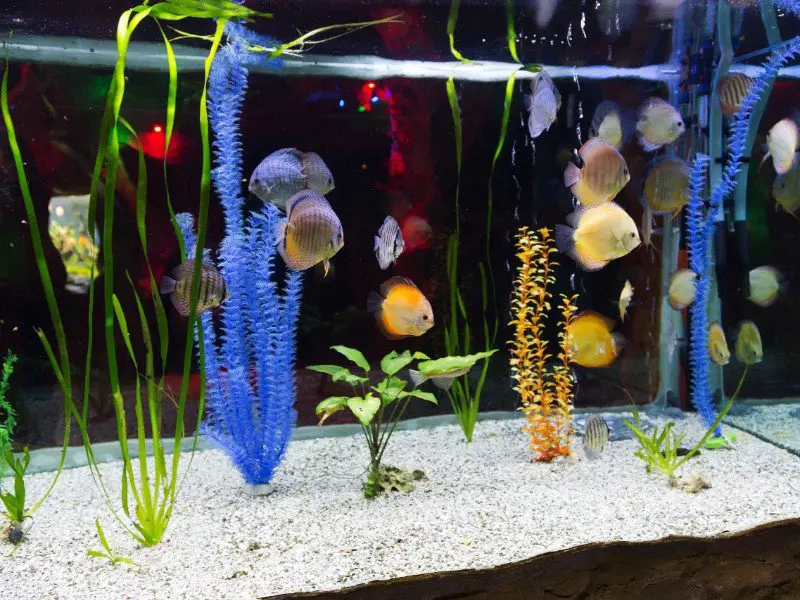
| Category | Rating |
| Care Level | Easy to Moderate |
| Temperament | Aggressive and boisterous |
| Color | Bright red with dark vertical stripes |
| Lifespan | 12–20 years |
| Size | 13–18 inches |
| Diet | Omnivore |
| Family | Cichlidae |
| Minimum Tank Size | 180 gallons |
| Tank Setup | Large rocks, sand, and floating plants |
| Compatibility | Large aggressive fish |
The red terror cichlid comes from the Cichlidae family, and is also known as the true red terror or harlequin cichlid. The scientific name for the red terror cichlid is Mesoheros festae. The fish is also referred to by the synonym Cichlasoma festae.
Red terror cichlids are named for their vibrant color. The name also refers to their aggressive and boisterous temperaments.
The red terror cichlid is natively found in rivers across western South America. The fish come from the drainage areas in the Guayas River system in Ecuador and the Río Tumbes river basin in Peru.
You can also find the red terror cichlid in Singapore, where it is considered an exotic species.
Red terror cichlids enjoy a strong flow of water and usually hunt for crustaceans, plant food, and small fish near the edges of the river. After catching its prey, a red terror cichlid will feed near the bottom of the river. The red terror cichlid hides out in small caves or underneath tree branches that hang over the river.
Red terror cichlids are common in the wild, and these fish can live anywhere between 12 and 20 years. In a home tank setup, the lifespan of a red terror cichlid will depend on the habitat and level of care provided.
Red terror cichlids are available from pet stores. You can also find them in online stores. The fish cost between $30 and $100.
Appearance & Behavior
The red terror cichlid is a vibrant fish with red, orange, or green colors. These fish have vertical black stripes over their entire bodies. The top parts of the dorsal and anal fins of the red terror cichlid are dark in color.
Female red terror cichlids are bright red and orange. Females also have a reddish-orange snout. Breeding females are a lot brighter than juveniles.
Male red terror cichlids are green with orange fins. As the males grow, their colors start to fade.
Both male and female red terror cichlids have blue spots on their back and fins. Male red terror cichlids have a greater number of iridescent spots on their body and fins.
Male red terror cichlids grow a prominent nuchal hump on their forehead by the age of three years.
Female red terror cichlids grow up to 13 inches in captivity, while males can reach up to 18 inches long. When the fish reach three or four inches, the male’s colors start to fade.
False Red Terror
The red terror cichlid is often confused with the Mayaheros urophtalmus species, known as the false red terror or the Mayan cichlid.
False red terror cichlids are sometimes sold as true red terror cichlids in pet stores. The main difference between these two fish is the two vertical lines closest to the head. These lines form a V-shape on a true red terror cichlid.
Typical Behavior
The red terror cichlid is one of the more aggressive cichlids and will bully and sometimes eat smaller fish. Red terror cichlids will eat anything small enough to fit in their mouths.
Red terror cichlids are highly territorial fish. You will need to give a red terror cichlid plenty of space to swim around in a community tank.
You can keep a red terror cichlid with its own species or with other assertive fish. Red terror cichlids sometimes fight by locking jaws with another fish.
Red terror cichlids are intelligent fish and may recognize their owners. The fish may bang on the glass when they’re hungry. If they feel their space is invaded, they may even try to bite the glass of the tank.
Mostly, red terror cichlids will stay near the middle of the tank or close to the bottom. These fish often dig up the substrate and move tank elements.
When they’re eating fallen food, red terror cichlids are known to grab a mouthful of the substrate and sift out the food.
These fish are typically more active in the day than at night. You should feed red terror cichlids twice a day.
Red Terror Cichlid Care
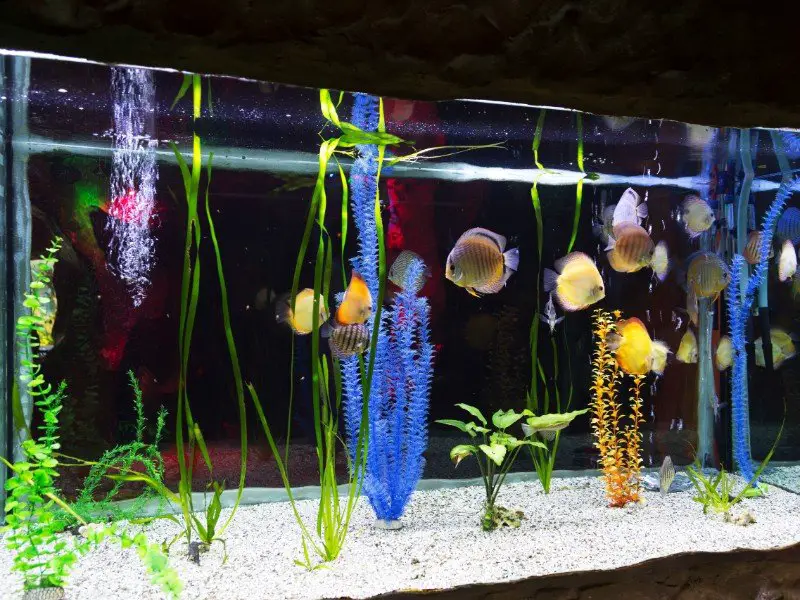
Red terror cichlids are relatively easy to care for. While they are hardy fish, they should be added to community tanks with care.
In your tank, you should replicate the natural fast-flowing river habitat that red terror cichlids are used to. You will need to change the tank water often to keep the environment clean.
Red terror cichlids eat large portions of food and create large bio-loads. Your tank will need plenty of filtration and maintenance.
You should feed red terror cichlids a mixed diet of plant matter, small fish and crustaceans, insects, and cichlid pellets.
There aren’t any common diseases that are specific to red terror cichlids. The fish may suffer from internal parasites or injuries from fights with other fish.
Habitat and Tank Requirements
The fast-flowing rivers that red terror cichlids live in naturally remove organic waste. Their natural habitat is abundant with food sources.
A red terror cichlid’s habitat also has low-hanging branches that create an overhead cover. These fish can adapt to the constantly changing water source in these rivers.
Tank Conditions
Your tank setup for red terror cichlids should mimic the fish’s natural environment.
Red terror cichlids can survive in various water parameters as they’re used to a changing environment.
A general guide for your tank setup is to keep the temperature around 77–84°F, with water hardness between 4 and 18 dH and a pH of 6.0 to 8.0.
Red terror cichlids produce large quantities of bio-waste. Your tank will need a strong biological filtration system to keep the tank clean.
Because red terror cichlids are sensitive to organic waste, you should change the tank water at least once a month, with partial water changes each week.
These fish naturally live in large rivers, so you will need a minimum tank size of 180 gallons for the fish. Your tank should be shallow and long rather than deep and short, to provide enough space for the fish to swim freely.
Tank Decorations
You may notice that your red terror cichlids rearrange their tanks to suit their own preferences. Make sure to prepare your tank with a shallow substrate made from fine gravel and sand.
You should also add small pots or rocky caves to provide your red terror cichlids a place to hide. Female cichlids will also lay eggs in these pots, or on large rocks placed at the bottom of the tank.
You should add in enough rocks and driftwood around the tank to give the fish space to play and hide in.
Red terror cichlids are prone to digging up plants with shallow roots. You can add well-rooted plants or affix plants to the substrate.
Tank Mates
Red terror cichlids are highly aggressive and territorial fish. You should choose tank mates with extreme care.
Red terror cichlids will pair well with other large boisterous fish. Good tank mates include other cichlid species, such as the green terror cichlid, jaguar cichlid, or flowerhorn cichlid.
Red terror cichlids can be kept with other aggressive species including oscar fish, sailfin pleco, or arowana. You can prevent a hierarchy by pairing red terror cichlids with fish of similar size and temperament.
To prevent territorial fights, you shouldn’t overcrowd the tank. Your tank must have enough space for each fish to have its own area.
You can pair red terror cichlids with fish that are shaped differently and swim differently. The different behaviors will prevent the fish from being viewed as competition.
You should not mix red terror cichlids with smaller, timid fish as they will be bullied by the larger cichlids. Red terror cichlids will eat any fish small enough to fit in their mouths.
Red terror cichlids will also eat small crustaceans and shrimp. You shouldn’t keep these species in your tank.
Disease
Red terror cichlids may develop internal parasites if the tank isn’t cleaned correctly.
Signs of an internal parasite include strange behavior, disinterest in eating, and white feces.
Diet and Feeding
In the wild, red terror cichlids hunt for food close to the edges of the river. These fish consume a high-protein diet of crustaceans, small fish, and plant matter.
You can feed your red terror cichlid high-quality cichlid pellets, but you should also add variety by offering live and frozen food, such as mealworms and small crustaceans.
Adding live food into the tank will stimulate the red terror cichlid’s natural hunting instincts. If you add in live food, you should make sure it has passed an isolation period to prevent disease.
You should feed your red terror cichlid a healthy portion of food once or twice a day. Make sure to feed your fish enough for it to feed for five minutes. You should also be careful to not overfeed your red terror cichlid. Leftover food in the substrate could infect the tank.
Breeding
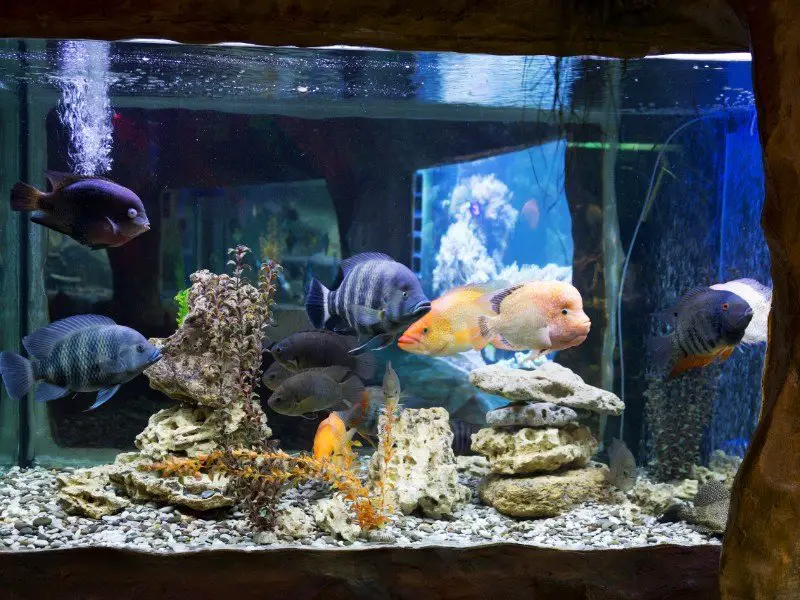
When red terror cichlids reach three or four inches in length, the male’s colors begin to fade. This is a sign that the males are ready for breeding.
These fish choose their mates and often keep the same mate for life.
Forcefully pairing two red terror cichlids together can result in death, as they will fight with each other.
When breeding red terror cichlids, you should let a pair form naturally in a juvenile community tank. When choosing a mate, female red terror cichlids are more aggressive than males. A female red terror will often interlock its jaws with a male to determine if he is strong enough for mating.
Once a pair is formed, move the pair to a separate breeding tank. The breeding tank should be set up similarly to the main tank.
To trigger spawning in the breeding tank, you can gently raise the water temperature to 82°F, reduce the water hardness to 10, and change the pH to 7.0.
Female red terror cichlids will lay anywhere from 10 to over 1,000 eggs in an overturned pot, a rocky cave, or on a flat rock.
The fry will hatch within four days. While waiting for the fry to hatch, the parents will create small holes in the substrate. These holes will allow the parents to protect the fry until they are large enough to be independent.
The parent red terror cichlids will protect their young for up to two weeks. You can move the fry to a nursery tank that has the same water parameters as the breeding tank after two or three weeks.
The fry can be fed with brine shrimp while they’re small. You should slowly increase the food size as the fry grow.
Should You Get a Red Terror Cichlid for Your Aquarium?
If you’re an experienced aquarist, you should consider red terror cichlids for your tank. Be sure to only pair red terror cichlids with other large, boisterous fish to prevent fighting in your tank.
Due to their aggressive temperament, red terror cichlids can be difficult for beginner aquarists. If you do buy a red terror cichlid, you’ll need to maintain the tank to keep the water clean. You should keep a close eye on your red terror cichlids to make sure they’re happy in their environment.
Red terror cichlids may be aggressive, but they can be a vibrant addition to your tank setup. Because of their lively and intelligent nature, red terror cichlids are a lot of fun to watch.

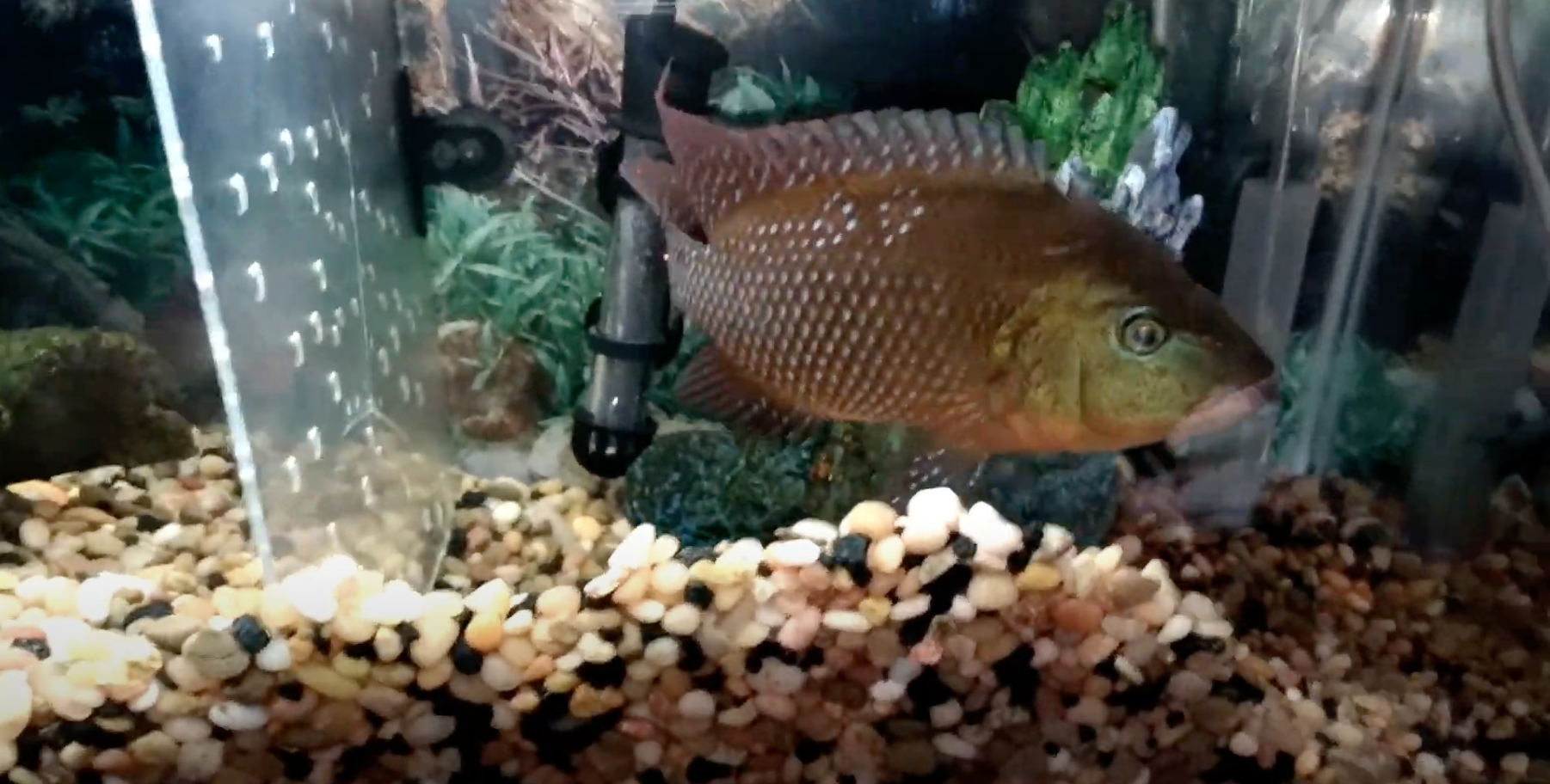
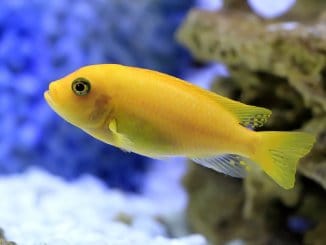
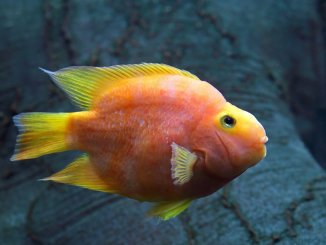
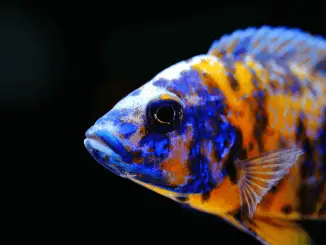
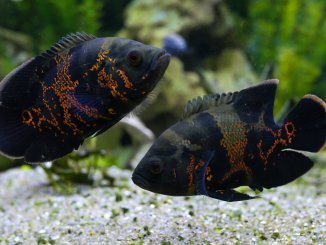
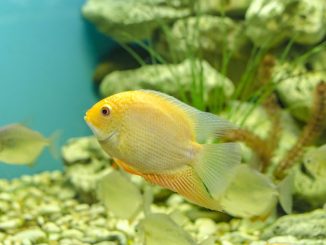
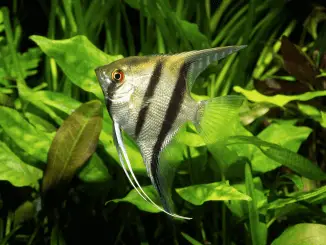
Be the first to comment